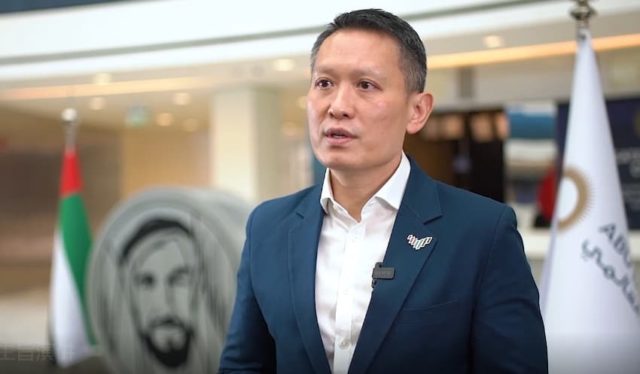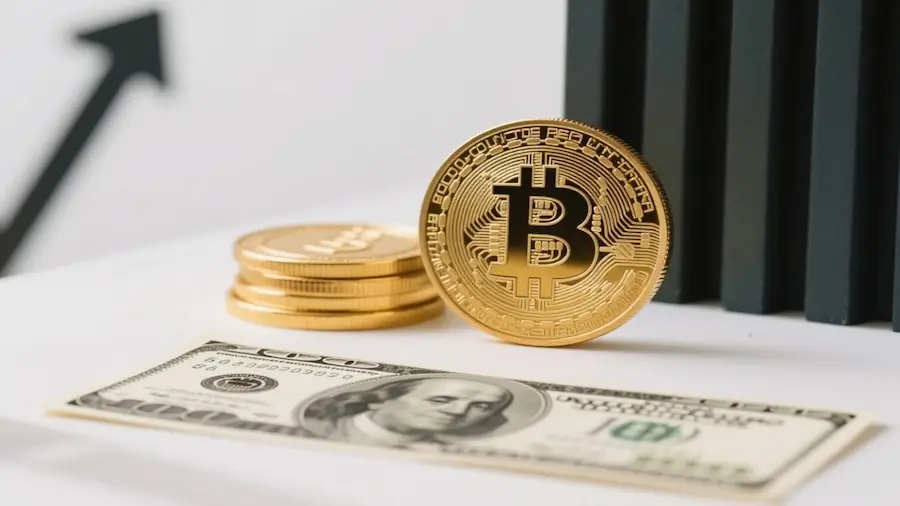There was a time when Luke Skywalker’s bionic hand in “Star Wars” seemed like a completely distant thing, a “trip” even. But now, a 50-year-old Swedish woman has at least one thing in common with the Jedi Master – or almost so.
Karin lost her right hand more than 20 years ago in a farming accident. During these two decades, she used traditional prosthetics, but always had to deal with “unbearable” phantom pain and discomfort.
According to her, the feeling was that her hand was “constantly in a meat grinder, which caused a lot of stress” and that, as a result, “she needed to take several doses and different painkillers”.
She agreed to take part in an experiment that would give her a bionic hand – and is now the first person in the world with a below-elbow amputation who can successfully connect the prosthetic with their neuromusculoskeletal system.
Turning doorknobs, cooking and carrying out other daily activities are once again part of the Swedish woman’s life. The engineers and doctors responsible are from the Center for Bionics and Pain Research, a multidisciplinary collaboration between several international organizations.
The study, published in Science Robotics, states that Karin can perform 80% of what she used to do with both hands and still feel some sensations in the artificial arm.
To do this, the team incorporated a controller, a pulse-shaped battery and a mechatronic coupler (a device used to transmit energy) that connects to the neuromusculoskeletal interface. They reorganized the remaining muscles and nerves in the arm, in addition to eliminating neuromas (one of those responsible for phantom pain when someone loses a limb, according to Max Ortiz Catalan, co-author of the study and head of research in neural prostheses at the Bionics Institute in Australia).
To transmit signals from the brain to the bionic hand, send commands and provide a sense of touch, doctors transferred a muscle graft from Karin’s leg to her arm – so the nerves could connect again with a natural target.
With an electrode in the muscles, an electrical signal from the brain to the hand is driven and artificial intelligence algorithms inside the prosthesis interpret the command, allowing it to move the limb.
Ortiz Catalan told CNN that the pain can be significantly reduced. For Karin, the level dropped from 5 to 3, so much so that she no longer needs painkillers to sleep.
“We are still far from Luke Skywalker’s hands,” Catalan said. “And we’re not close to all the functions of a biological hand, but we’ve definitely made a considerable step forward.”
This is just one of the good news that CNN Good News brings this week. The digital program airs every Friday, on CNN Pop’s YouTube channel, and is available to watch whenever you want to take a break during the week.
Partnership with AdoteViCa
CNN Brasil’s good news program features puppies who are waiting for a new family. Every program, the “cast” can be adopted in AdoptViCa a center that receives rescued or at-risk animals from partner NGOs.
You can find all the pets for adoption on the Adote ViCa Instagram page, as well as information about age, breed, vaccinations and age.
Source: CNN Brasil
Charles Grill is a tech-savvy writer with over 3 years of experience in the field. He writes on a variety of technology-related topics and has a strong focus on the latest advancements in the industry. He is connected with several online news websites and is currently contributing to a technology-focused platform.







